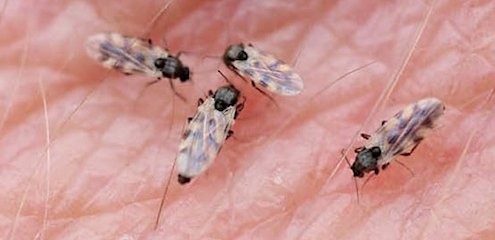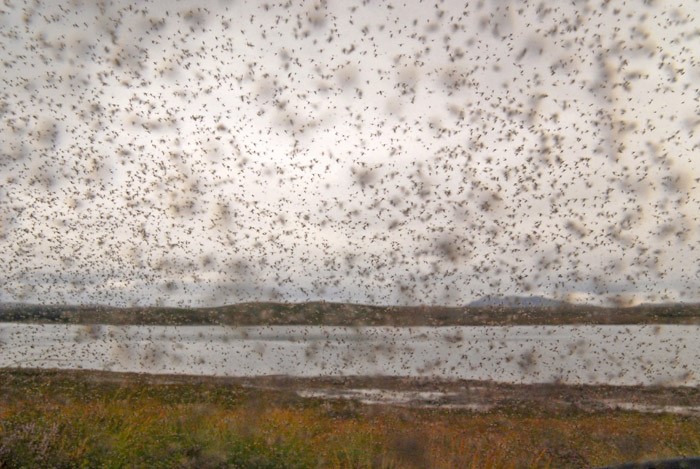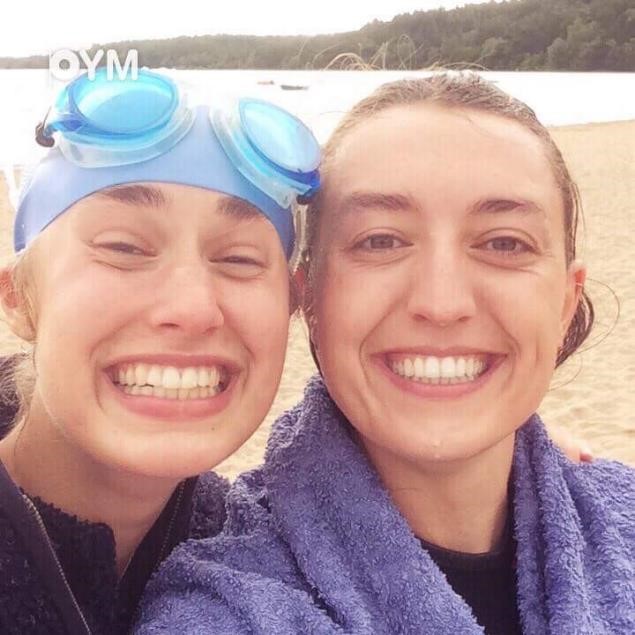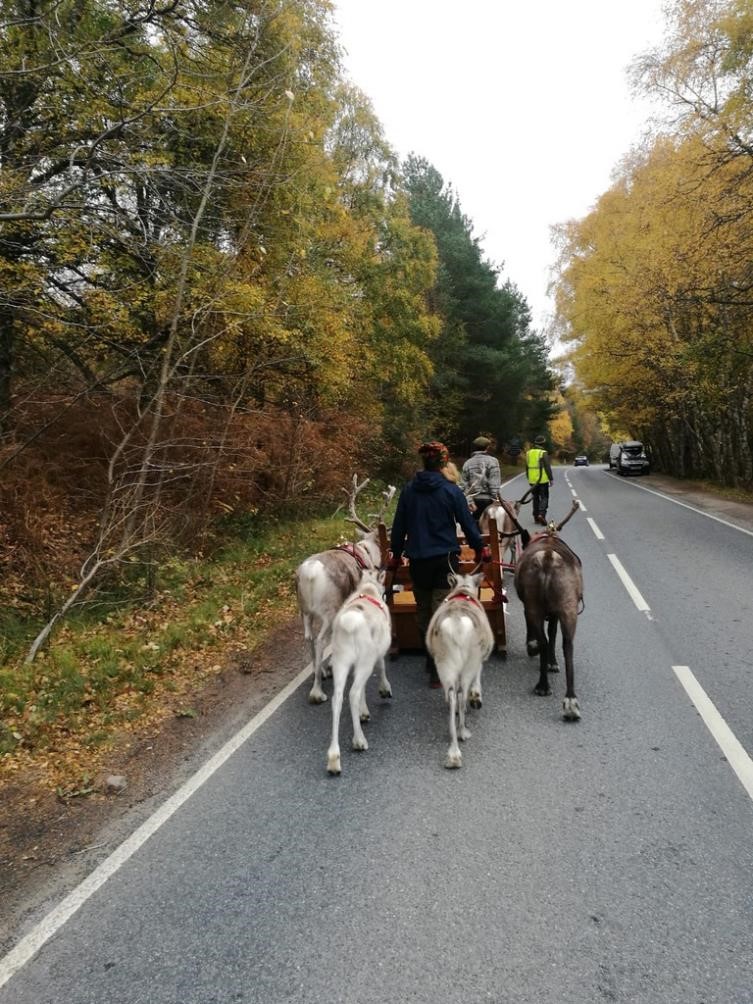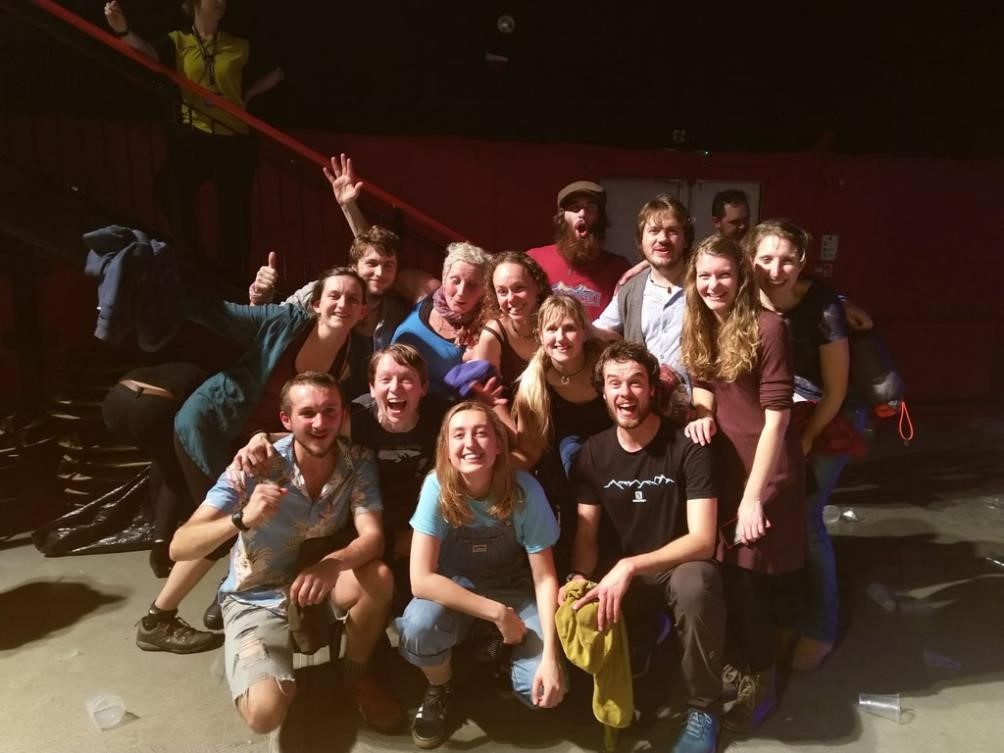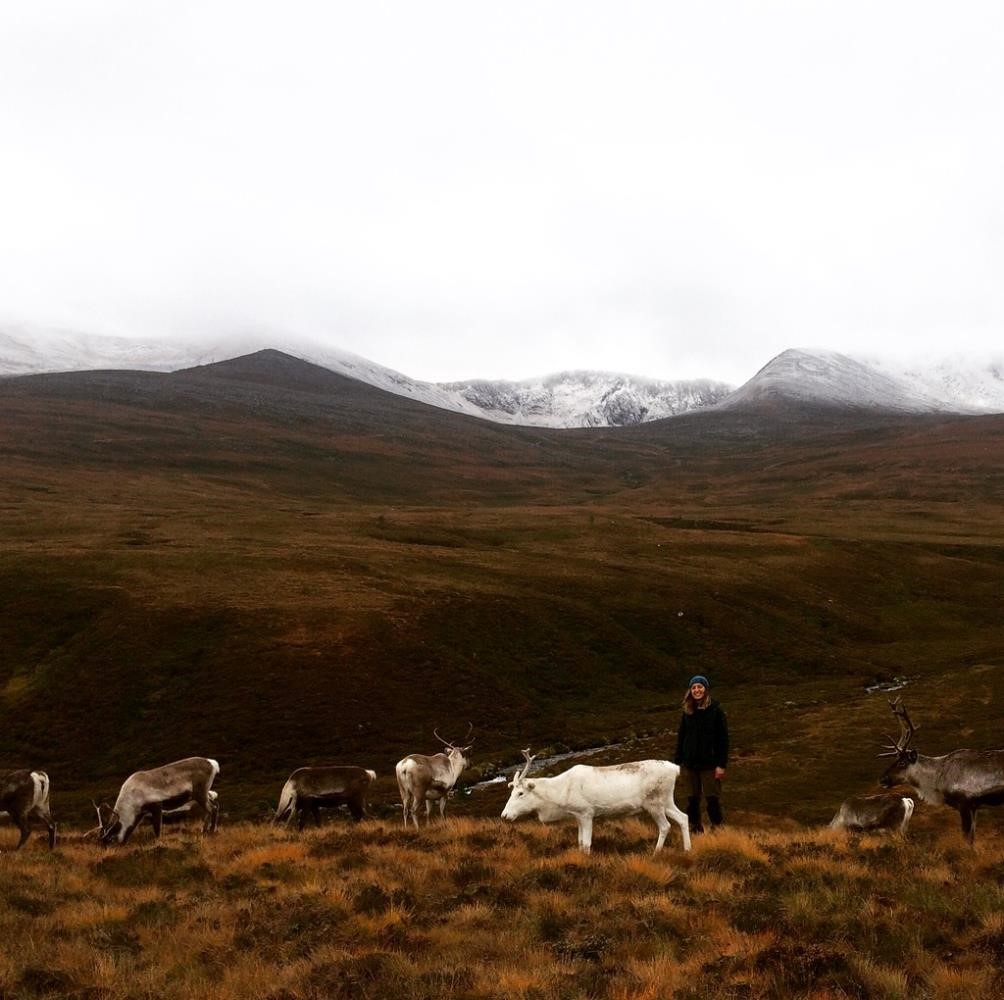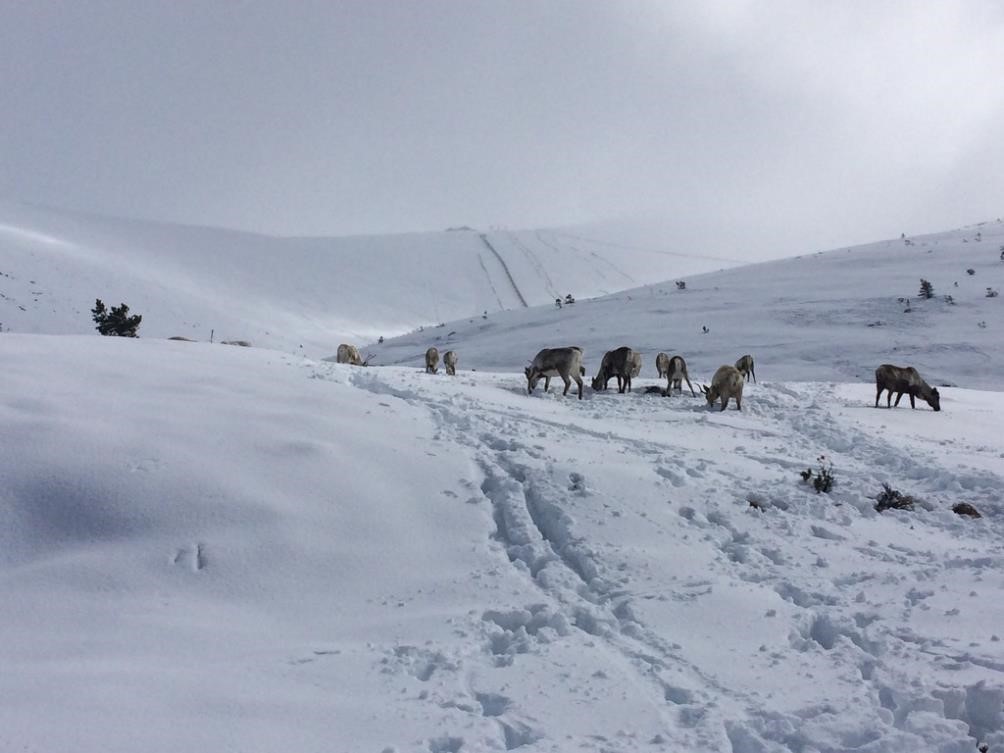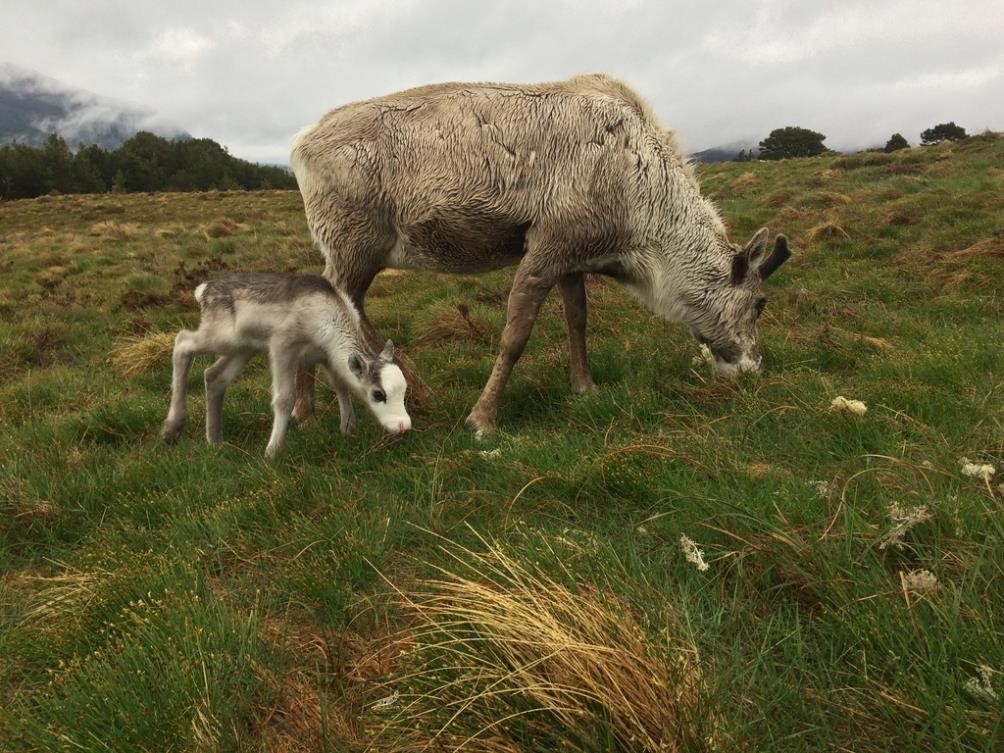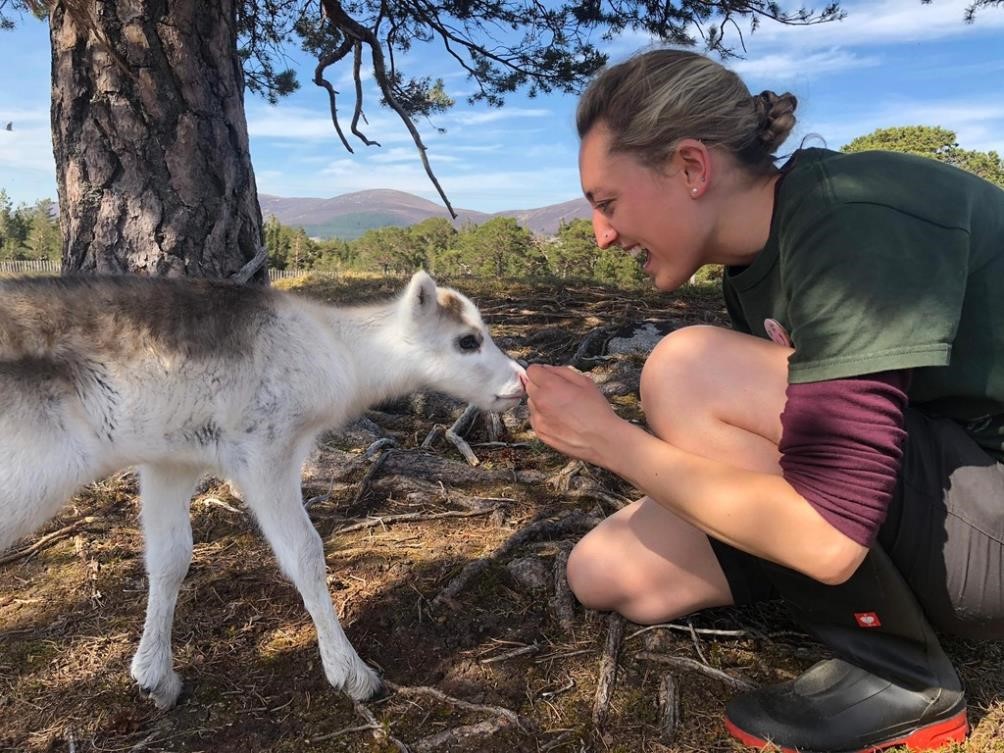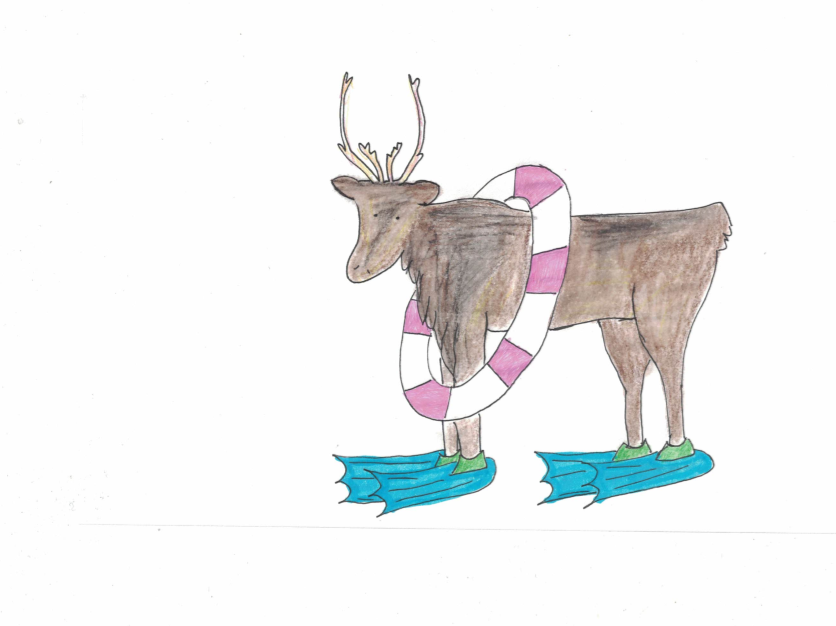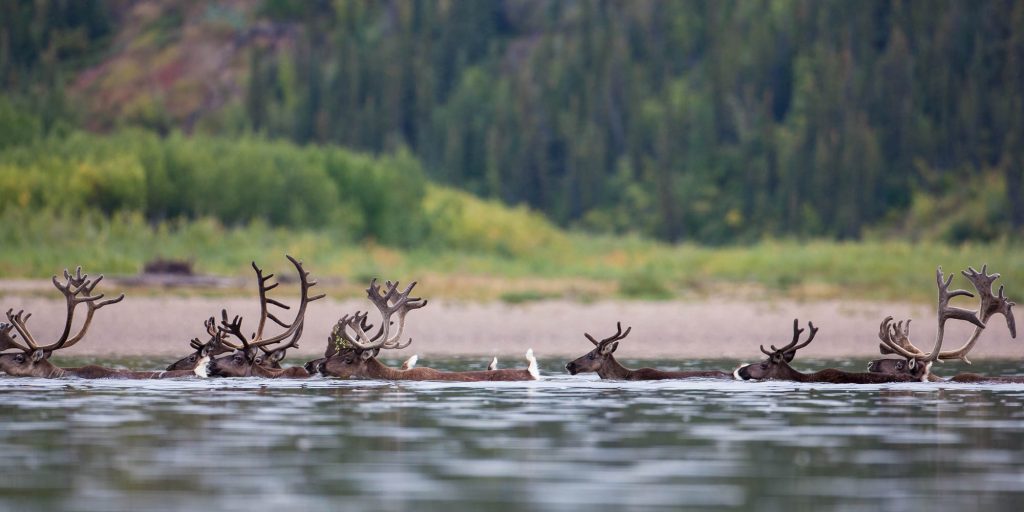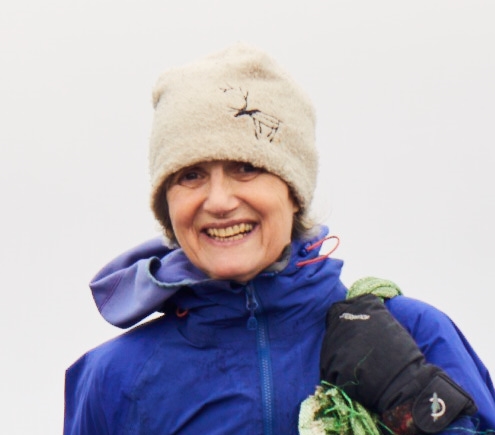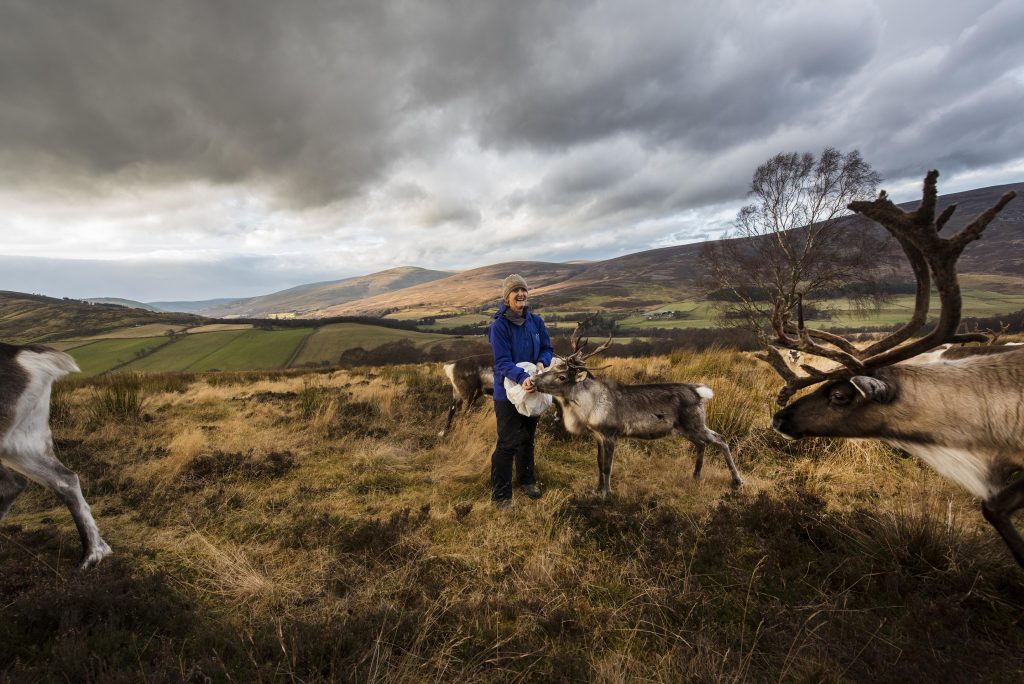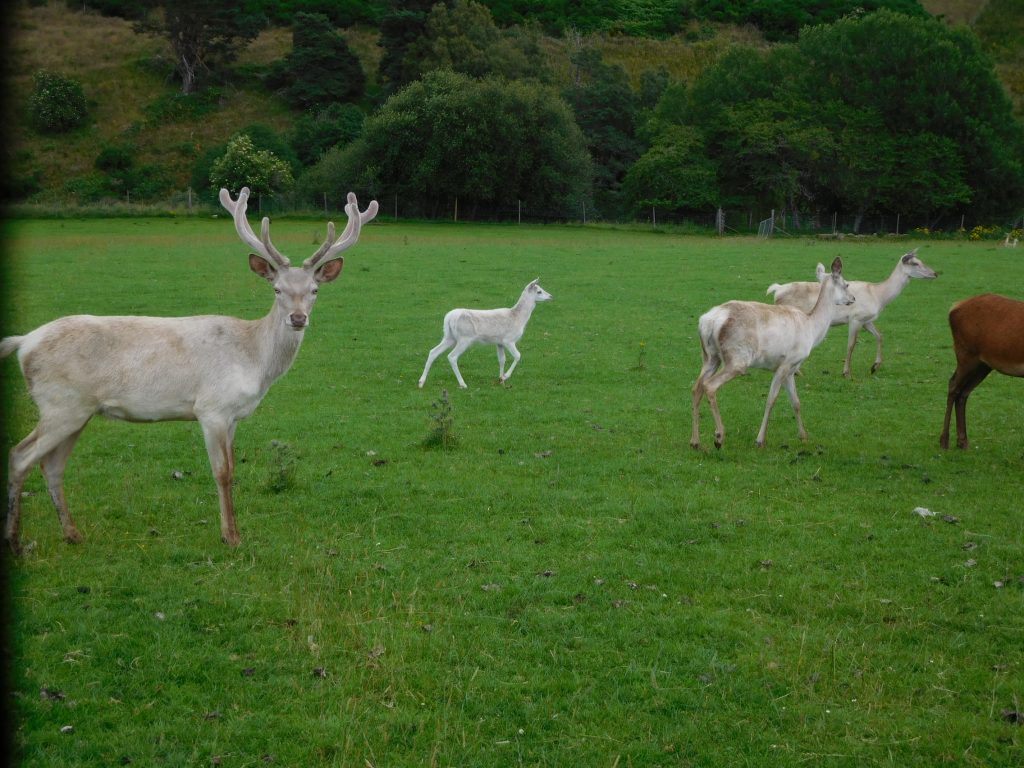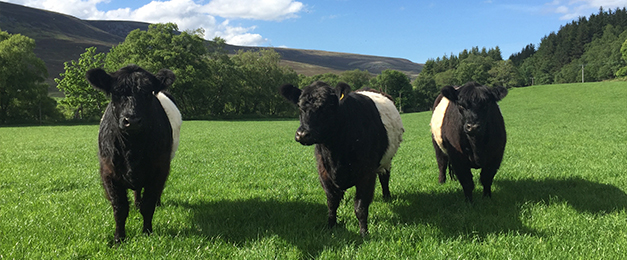In this blog, I will be exploring the way Reindeer and other Deer species are represented within myths, legends and general stories over a variety of cultures. From old folklore to modern day films and books, Deer have been used as symbolism for magic, and an insight into the natural world.
2000 years ago, the Sami people inhabited large parts of the arctic circle. The oldest recorded document regarding the Sami people dates back to 98AD by the Roman Historian Tacitus. The Sami have a close connection with nature and the animals that live and survive around them.
Sami folklore states that the white reindeer was the most magical reindeer of all the reindeer. It was believed that if a human was to catch a white reindeer it would bring them luck, riches and eternal happiness.
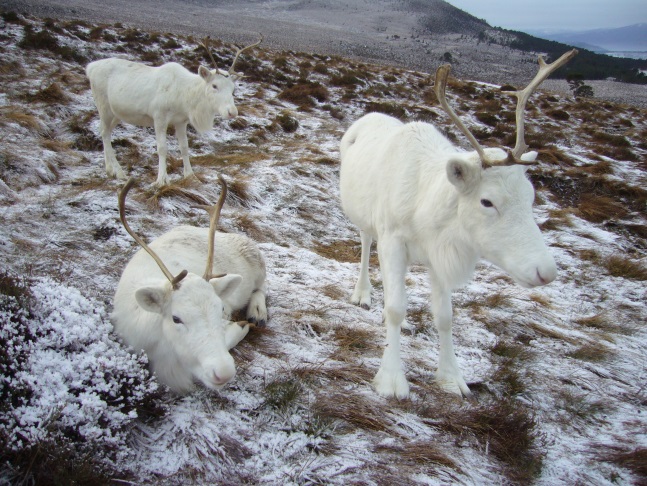
In some other cultures they have a beautiful belief of how they believe that in the beginning there was only the sun and the earth, and the white reindeer created the wold. The Veins became rivers, its fur became the forest, and its antlers became the mountains. Either way it seems that people who work alongside reindeer have a deep connection and understanding about nature and its natural balance.
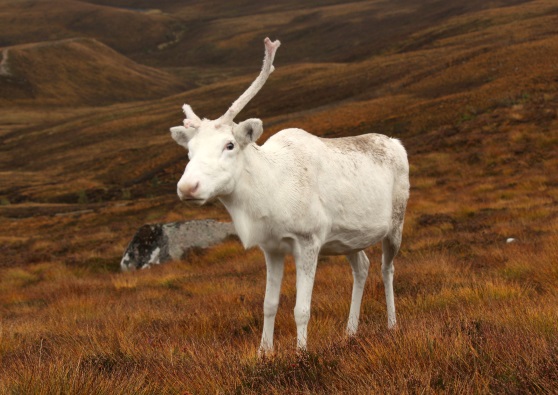
What makes a reindeer white- Leucism is a mutation in the genetics of reindeer. This makes the particular reindeer pure white, however the mutation can also cause them to be deaf too. Reindeer rely on hearing to communicate through involuntary clicking from a tendon snapping against the bone as they walk. If a predator is close by the clicking would be loud and in quick succession, signalling that the herd was running. A deaf reindeer wouldn’t be able to hear this, therefore, not so many white reindeer exist in the wild.
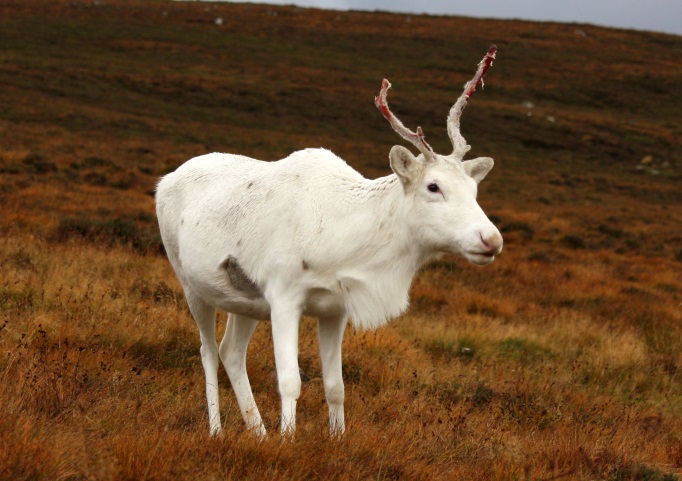
In the Cairngorms we have two pure white Scottish females Mozzarella and Blondie, and one white Swedish male, Matto (although not Leucistic), he was chosen for us, so we would have a white reindeer in our herd. Matto was brought over from Sweden to potentially be a breeding bull, however there were sadly more handsome specimens available, and Matto was a bit on the small side. However, with no large bodied predators in Scotland, such as wolves and lynx, allows the white reindeer to survive, and pass on the lucky trait of being pure white! Or we are just a really lucky herd with huge amounts of eternal happiness.
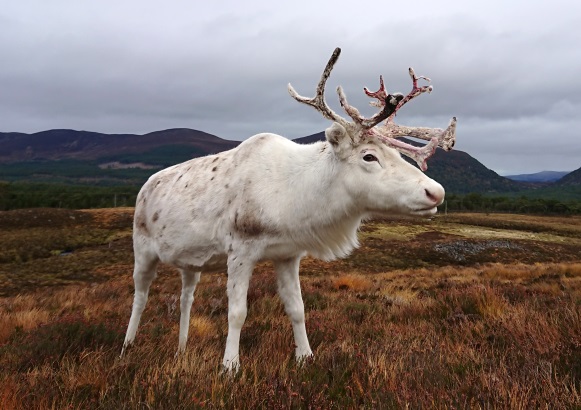
Deer in general have strong places in the mythology across the world. In Celtic folklore, has several stories involving deer as spiritual figures. In some Scottish and Irish tales Deer are seen as “Fairy Cattle,” and are herded by otherworldly women, who can shapeshift into the form of a red or a white deer.
Furthermore, in many other culture’s deer are heavily featured in songs and poems, such as the beginning proportion of the poem Beowulf, and in the Poetic Edda poem Gimnismal The Four Stags of Yggdrasil, who are four stags who eat among the “Yggdrasil” (the world tree). A theory to these four stags is that they represent the four seasons, and the “World Tree” This poem also relates to mythical stag “Eikbyrnir” who lives on top of Valhalla.
Deer have also got links with Greek Mythology. The Third Labour of Heracles; Eurystheus and Hera were angered that Heracles had beaten the beasts in the first two labours, so gave him the task of capturing the female Cerynein Hind, a hind that could grow antlers, and outrun a flying arrow.
There are different versions of the story, one where Hercules captures the deer by waiting for her to fall asleep; another version says that Artemis intercepts Hercules trying to capture her sacred animal and tells him to relay the message to Hera and Eurystheus and the labour would be considered complete.
The hind was the sacred animal of Artemis, the goddess of hunting and the wilderness. She was the daughter of Zeus and Leto, and one of the twelve Olympians.
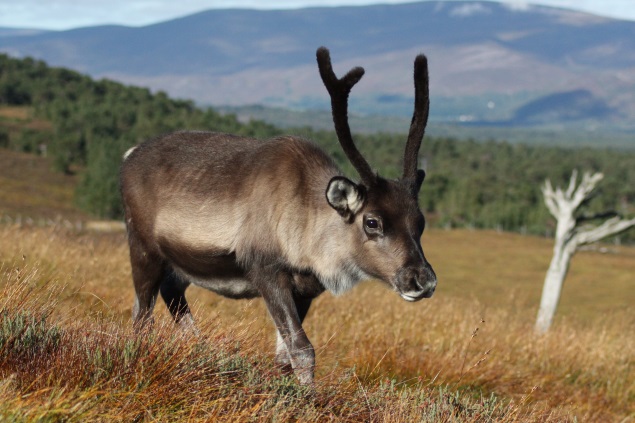
Reindeer pee- now this isn’t myth or legend, just a good (and true) story. Reindeer, particularly young males, occasionally enjoy eating a variety of mushrooms. Some of these mushrooms are highly poisonous to humans, however, because reindeer are ruminants, they are able to digest and deal with the poisons within the mushrooms. These mushrooms, however, can have some side effects. They can get high off the mushrooms; this happens in the cairngorm reindeer herd too, our boys go ‘shrooming’.
In some Scandinavian countries, they use this talent of digesting poisonous mushrooms to their advantage and drink the urine of the reindeer. Due to the poisons in the mushrooms being broken down, it just leaves trace elements from the fungi. These can have psychedelic effects if ingested.
Rudolph the red nose reindeer- The shiny nosed reindeer was first introduced by Robert L. May in 1939, in order to save money for annual Christmas promotions in the department store chain, Montgomery Ward. In its first year over 2 million copies were sold. May tried and tested different versions of the story on his young daughter. “Rudolph the red nose reindeer” was first printed on a large scale in 1947, and due to its success, a short cartoon was shown in theatres the following year. From the increasing success since 1939, Rudolph is probably the most famous reindeer of all.
Annabelle’s wish is a Christmas film about a cow who wants to become a reindeer. Is still my favourite Christmas film of all time! Annabelle and the rest of the farm animals are able to talk for one whole day, due to Santa’s magical powers. Annabelle is amazed by the reindeer who pull his sleigh and decides that next year she’ll ask Santa to make her a reindeer too. She is given as a gift to a little boy who cannot speak. She becomes really close friends with the boy and when the following Christmas comes decides to ask for another wish- so Billy can speak again. However, in doing this Annabelle is never given the power to talk again. She grows old and stays with Billy until he’s an adult with his own family. In the end Santa grants Annabelle her original wish and she becomes a reindeer, and part of Santa’s sleigh team.
Bambi- Was released in 1942 produced by Walt Disney and based on the book Bambi, a Life in the Woods by Austrian author Felix Salten. Bambi was only the fifth Disney animated feature film.

Bambi is based on a mule deer. However, Disney had to change the species from Roe deer to Mule deer to better fit the native species in north America. The film received three Academy Awards.
Fire Bringer was published in 1999 as a young adult Fantasy Novel by David Clement- Davies. The story follows the life of a young red deer, Rannoch, during the 13th century in the lowlands of Scotland, whose life is subject of an old prophecy among the deer.
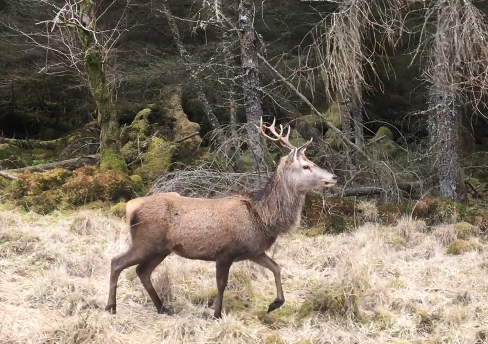
Fire Bringer is one of the few books that I have read that I wish I could read again for the first time all over again. It is such a beautiful story with many adult underling themes. If I was to compare it to another book it would be of the same themes of Watership Down. With several different links to historical events throughout the book. I Highly recommend reading this book!
IZZY


